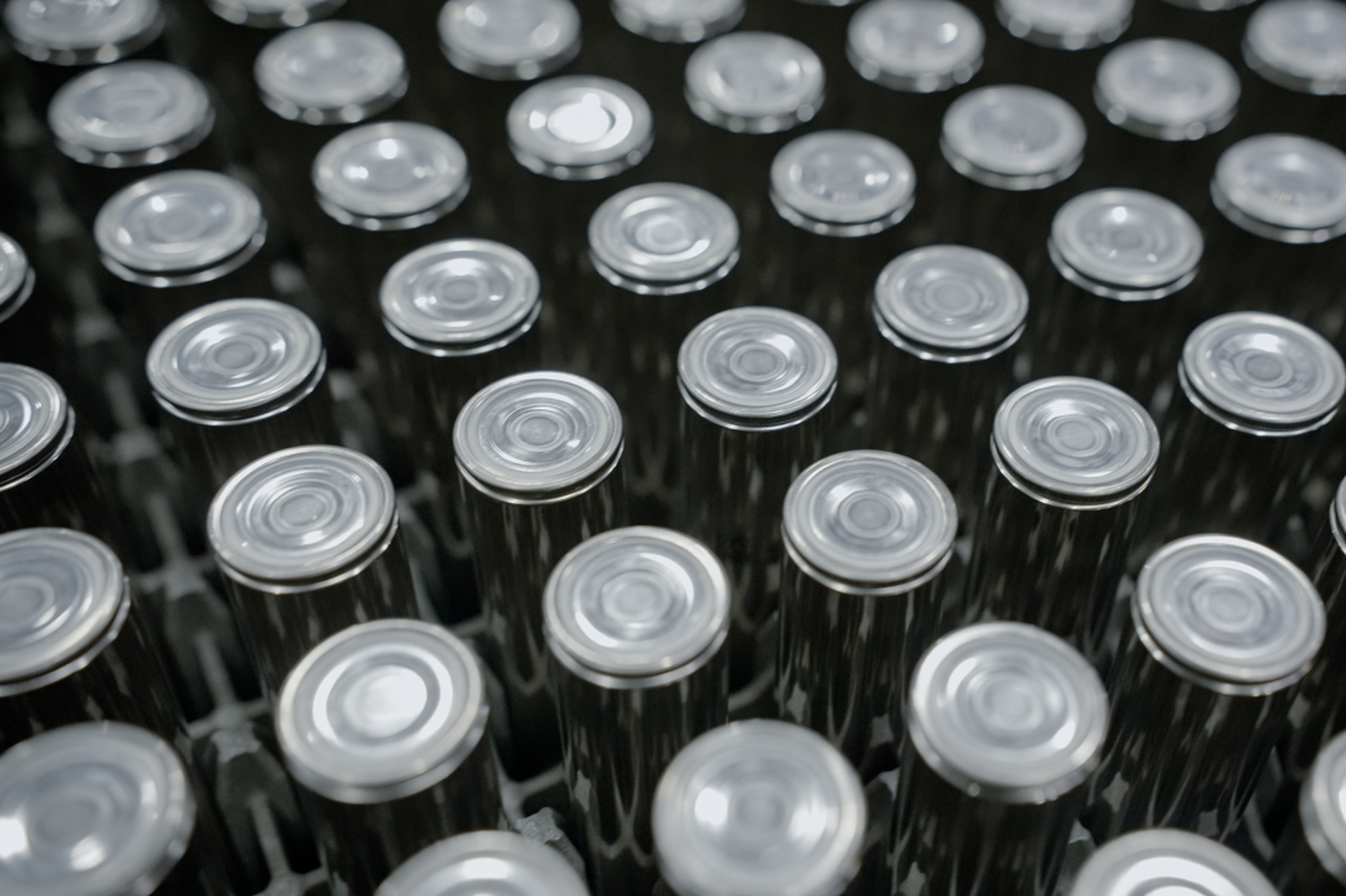
Nov 11, 2022
Redwood and Audi launch consumer battery recycling program in dealerships across the US
Read post


In the next decade, global demand for lithium-ion batteries is projected to grow by more than 500% as more climate-change-combatting products are created. A key component for all batteries is cathode material, which accounts for over half the cost of a battery cell. The cathode cost is significant because it contains all of the critical metals – lithium, nickel, and cobalt – in the battery and has a complex manufacturing process and functional specification that is integral to the performance and safety of an electric vehicle battery.
With the battery cell manufacturing landscape in North America expanding each day to meet the increasing demand, vast quantities of cathode material are necessary to supply the EV industry. However, there is no cathode production at scale in North America today.
Redwood is creating that. Our mission is to build and expand the production of battery components, anode and cathode, in the U.S. and produce them from an ever-increasing amount of recycled content. We’re making major investments in the U.S., and we’ll be spending billions of dollars to scale our technology and facilities in the next few years to bring cathode online and ramp production to 100 GWh, enough for 1 million EVs by 2025. By 2030 we expect our production of both anode and cathode to scale to 500 GWh/year of materials, enough to power five million electric vehicles. Redwood will have the highest recycled material content of lithium, cobalt, and nickel, making our cathode the most sustainable battery material available.
Panasonic will source Redwood’s cathode material for battery cell production in Panasonic’s new Kansas plant, targeted to come online in 2025. This will be the first time cathode has been produced in North America at Gigafactory scale and used in U.S. battery cell manufacturing, a critical milestone for the domestic supply chain and one of the key objectives of the recent Inflation Reduction Act.
Our partnership with Panasonic Energy of North America first began in 2019 and since then the cell production scrap from the Gigafactory in Nevada (in which Panasonic is the battery cell manufacturer) has been recycled by Redwood. Panasonic will also be the first long-term buyer of Redwood's anode copper foil, another essential component in lithium-ion battery production. With both anode and cathode components created from recycled materials, Redwood and Panasonic are establishing a truly closed-loop for domestic cell production. The U.S. must continue to scale partnerships like these to meet increased domestic production of EVs while simultaneously helping to decrease cost, supply chain risks, and CO2 resulting from a global logistics footprint.
Today, cathode is produced via a convoluted supply chain. Whether metals are newly mined or recycled in the U.S., the existing supply chain and lagging infrastructure requires these minerals to travel outside the United States, in most cases to Asia, where the majority of existing infrastructure and manufacturing expertise exists. Currently, domestic cell production has tolerated a 50,000+ mile supply chain for cathode before it ever reaches a battery cell factory in the United States, but this is far from sustainable. To keep pace with domestic electrification plans and mounting EV demand, the U.S. would need to import greater than 2,000,000 MT of cathode through the year 2030, allowing a lost economic value of greater than $100 billion USD.
Redwood will supply U.S. battery cell manufacturers with strategic battery materials produced domestically. Quickly ramping up a domestic battery materials supply chain and using the highest possible percent of local, recycled raw materials is the best way we can meet the United States’ 2030 goals of 50% EV sales. We’re grateful to our long-time partner, Panasonic, and excited to further accelerate a sustainable transportation future through our domestic anode and cathode material supply!